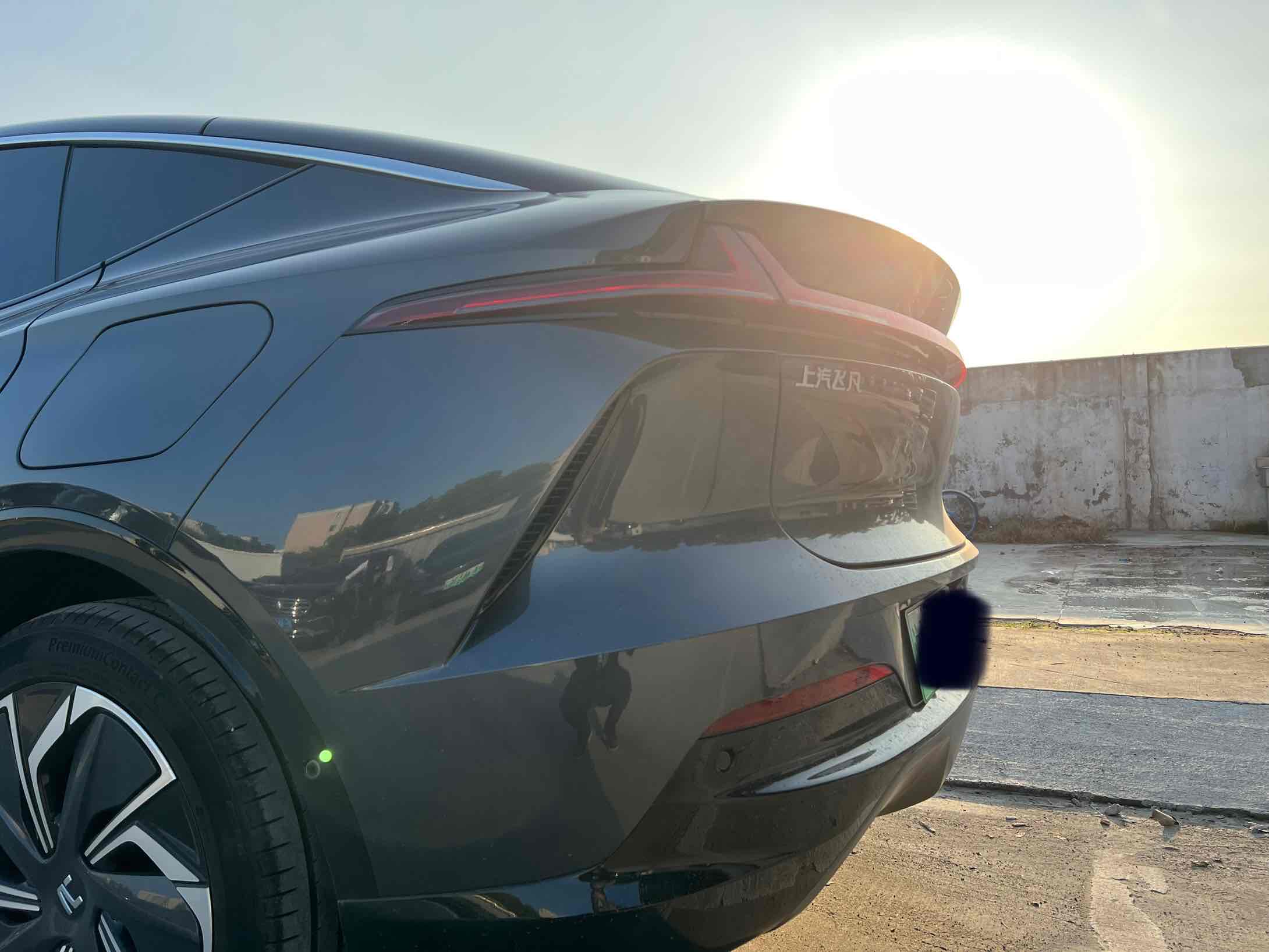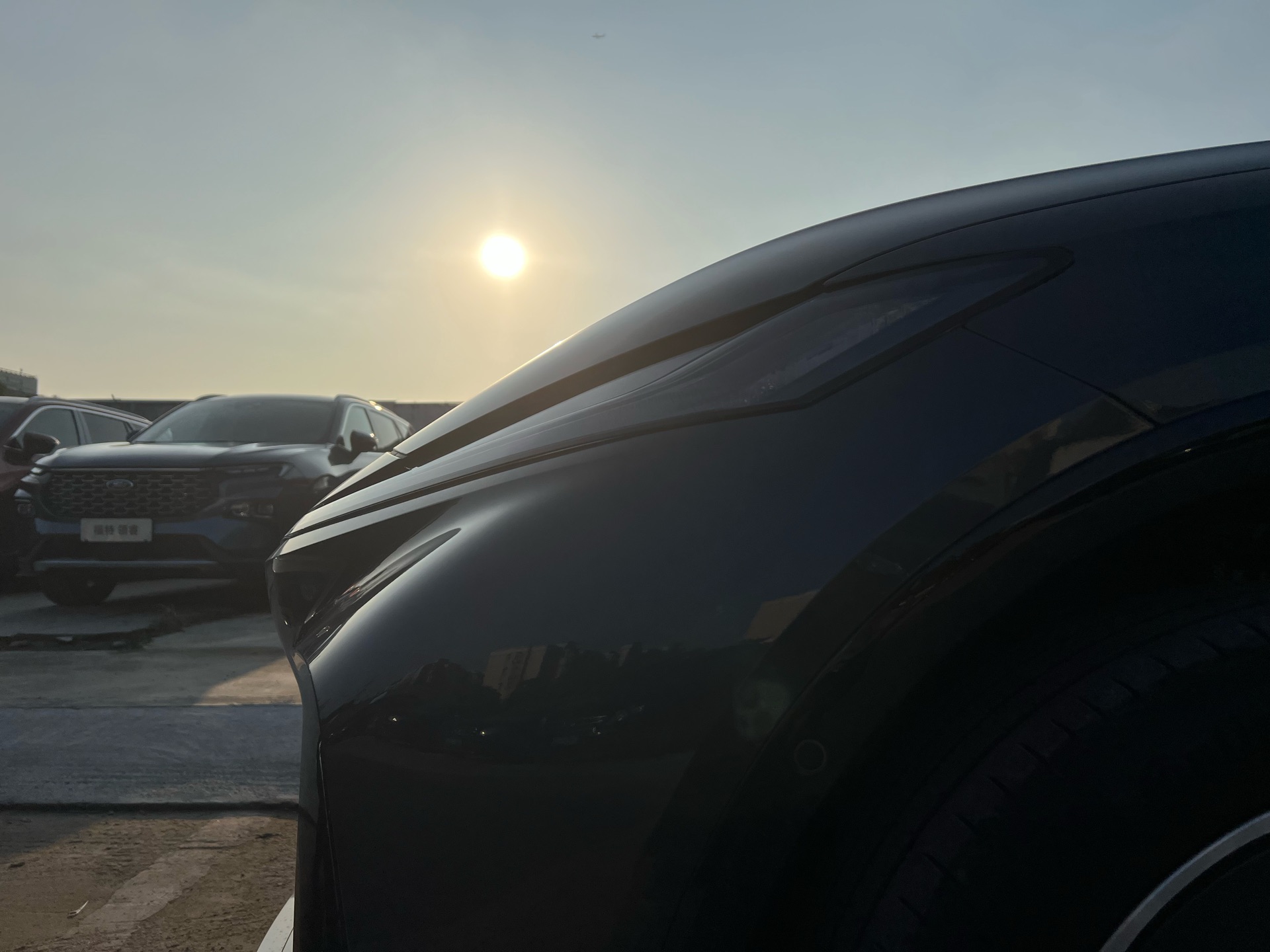Comparison of Exterior and Interior Space between Model Y and R7
Recently, I noticed that many car enthusiasts are sharing “WHY” advertisements, and it feels like the R7 is beginning to compete with the MY. I have heard some discussions among car enthusiasts about the comparison between R7 and MY.
Coincidentally, I happen to own both a Tesla Model Y (Standard Range Rear-Wheel Drive) and a R7 Rear-Wheel Drive Long Range, so I decided to share my subjective driving experience and make a comparison between the two cars in terms of exterior, interior, space, configuration, and driving experience.
This is purely meant to provide a reference for those looking to purchase a car, so please pardon my lack of professionalism.
Let’s first verify my identity as a car owner and show you my car keys:
1. Exterior Comparison
Similarities
Both the Tesla and the FLYINGCARS have a similar overall exterior design and are classified as “SUV coupe”. Both cars have panoramic sunroofs (although the Model Y’s is not insulated and has been criticized online), which might be a standard feature for new energy vehicles these days.
Differences
The Tesla has a more rounded, family-like appearance that is almost identical to the M3. It comes with 19-20 inch wheels and uses Hankook or Michelin tires.
The FLYINGCARS, on the other hand, has a more futuristic appearance, featuring a seamless front headlight, a wing-shaped taillight, and a luminous logo, which gives it higher recognition and a more cutting-edge appearance than the Model Y. It is taller and longer than the Model Y and is equipped with 20-21 inch wheels and Pirelli tires, giving it a sportier look.
2. Interior Space Comparison
The comparison of interior space between the Model Y and the R7 is currently unavailable.· Same
Both are five-seat SUV models. The interior space of both cars is relatively large, and the seating is not crowded.
· Different
As mentioned earlier, Tesla (length 4750, width 1921, height 1624, wheelbase 2890) and FENYR (length 4900, width 1925, height 1655, wheelbase 2950) are compared based on the overall data. FENYR r7 is larger than Tesla in size, and the actual experience is:
(1) The difference in headroom is quite obvious, and r7 has more spacious headroom;
(2) The comfort of the rear seats is better in r7.
As for the trunk, I haven’t filled r7 with things actually, but visually and data-wise, MY is a bit larger. Let me share the actual measurement results next time.
· Same
None, haha. The reason is that r7 is a complete winner!
· Different
First of all, regarding Tesla, the seats of MY are all made of faux leather. My interior is black, and the overall feeling of the seats is somewhat hard. The rear seats are relatively short, and the fact that the new version has been extended proves this drawback. The most unacceptable thing is that it is very stuffy and there are no ventilated seats during the summer. Basically, the back and leg areas are wet after driving, which is very uncomfortable. In addition, the lumbar area always feels unsupported, and it can be a little exhausting after sitting for a long time. Later, I bought a lumbar support cushion, which improved the situation. The front windshield is made of double-layer laminated glass, and it is said that the front and rear of the new version are also double-layer laminated glass. However, in actual driving, the sound insulation effect is still average. Especially when running at high speeds, it can be a bit noisy. This may also be related to my Hankook tires.
The shock absorption comfort of MY is well-known to all car owners, too hard in my opinion. When passing a big bump, the whole car will sway up, down, left, and right. It is acceptable for me to drive alone, but every time I carry other people, I will remind them in advance that this car can be a bit bumpy. Maybe it is related to the overall tuning and positioning of Tesla.
As for R7, at the same price point, I chose Nappa leather seats, and with the support of ventilation, heating, and massage, the comfort has improved a lot. All four windows are made of thick laminated glass, which has greatly reduced NVH. The noise outside the car is almost inaudible, which is one of the reasons why I bought R7. Some netizens say that the shock absorption of R7 is a bit bumpy, but for me, it is really much more comfortable than MY. It won’t be so uncomfortable when passing a bumpy road. Not to mention the comparison with the passenger seat, MY has nothing, but R7 not only has hardware leg support and foot support (foot support can also be heated), but also has a passenger screen for entertainment.
IV. Configuration Comparison (Intelligent Cabin and Intelligent Driving)
- Same
Both cars are equipped with 14-speaker sound system, electric heating and heated steering wheel, seat memory, large screen, LED headlights, electric trunk, OTA upgrade support, intelligent driving, voice control, mobile remote control, three types of physical keys (mobile Bluetooth NFC), driving recorder, and more.
- Different
Tesla has a front trunk on hardware. It has electric steering wheel adjustment and rear seat heating in addition to R7. It also has a Sentry function. Several games, video software and browsing are available in Tesla’s media center, which has higher playability. However, safety is always a concern when browsing the web through a browser, and there is a risk of being hacked. I rarely use Tesla’s voice control because it is not user-friendly. The core processor for the media system is Atom for the old version and AMD for the new version. Regarding intelligent driving, Tesla’s standard equipment is AP-assisted driving, which supports ACC adaptive cruise control and lane keeping. If you want a higher-level EAP, you need to pay 32,000 CNY for it, which includes blinking light for lane change and smart summon. FSD requires an additional cost of 64,000 CNY, but it is currently not supported in China’s urban areas, meaning it is still EAP. Tesla’s development direction for assisted driving is based on cameras and algorithms. By the way, the new energy vehicle market has also been quite volatile recently. If you just want to experience driving an EV, I don’t recommend adding FSD because you will lose money when you sell it later.
Now let’s talk about R7. Although the speaker system is also 14-speaker, it is customized by SAIC and Bose for FEVAN, and the sound field is calibrated accordingly. This could be verified on Bose official website. Unlike some brands that use OEM components, it should be relatively easy for FEVAN to design a front trunk, but R7 does not have one. I personally think it might be related to its support for battery swapping and AR-HUD, another highlight of R7. It is developed by Huawei and is very easy to use. It shows a lot of useful information, and you can even project videos on it, which is very cool.
About the media center, R7 is equipped with a triple 8155 chip with a large OLED screen in the middle. The screen can remain clear in strong light, and colors are more vivid. The front passenger seat is not only more luxurious in terms of functions, but also supports “three-finger swipe” and interacts with the center screen in details. In addition, the leg rest for the front passenger, together with the heated footpad and seat massage function, brings a sense of luxury to the front seat passenger. As someone who often drives this car alone, I envy those who can sit in the front passenger seat. As the first-generation system is not yet fully mature, I look forward to more advanced features and more fun brought by OTA upgrades. FEVAN’s voice interaction is also quite user-friendly and supports dialects. You can also record your own voice commands to replace the original ones. FEVAN currently offers a free lifetime advanced driving assistance package to its car owners, featuring Nvidia Orin X chipset and 4D imaging radar, which give R7 more powerful and faster computing power. With further data improvement and algorithm optimization, I believe R7 will support more intelligent driving assistance functions in the future, and the best part is that it is currently standard and free of charge.## V. Other Aspects (About Electricity and Rights)
Tesla uses a front double-wishbone and rear multi-link suspension system and is equipped with a 60-degree lithium iron phosphate battery produced by CATL that does not support battery swapping. My vehicle has traveled about 17,000 kilometers with a combined energy consumption of around 13-15 kWh. Tesla has its own supercharging stations, which are relatively well-maintained. To install a home charger, it costs 8,000 yuan, and the powertrain system is covered by an 8-year or 160,000-kilometer warranty.
Fei Fan uses a front MacPherson and rear multi-link suspension system and is equipped with 77-degree and 90-degree lithium-ion batteries produced by SAIC that support battery swapping. I have driven Fei Fan for more than 500 kilometers with an energy consumption rate of 14-16 kWh. When I purchased the vehicle, I was given a 7 kW home charger for free. I could also upgrade to an 11 kW charger for 2,000 yuan, but because I cannot apply for a 380-volt meter in Shanghai, I had to choose the 7 kW charger. Fei Fan’s battery swapping stations have already begun operating in Shanghai, and I hope they will be rapidly deployed through Sinopec’s gas stations in the future, completely eliminating range anxiety. Fei Fan offers free lifetime warranty to the current vehicle owners, which is really great and makes us feel more secure.
That’s my simple comparison of the two vehicles. I hope it can help you choose a vehicle that you like and are satisfied with. If you would like to know more, please leave a message for me, and I will continue to share in the future.

This article is a translation by ChatGPT of a Chinese report from 42HOW. If you have any questions about it, please email bd@42how.com.
